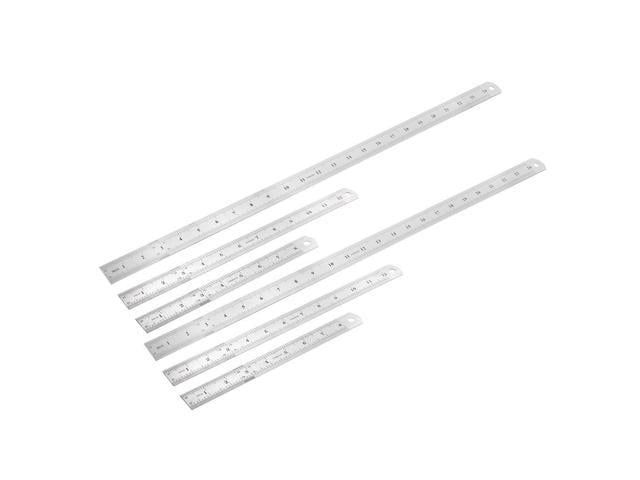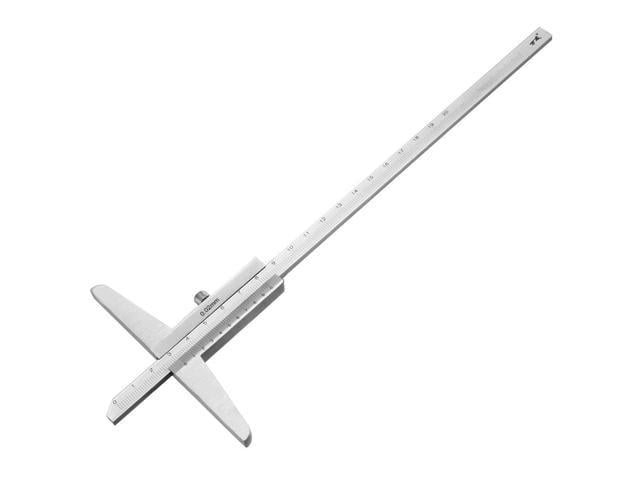In the science classroom writing is much more than an exercise for students to document their steps during an investigation. It's an important vehicle for describing their thought processes and the evidence that supports their reasoning. Writing in Science shows you how to encourage students to grow as scientists and writers by moving beyond recounting how they completed their work and toward explaining what they learned.
Writing in Science shares proven methods for supporting improvement in how students write and think about science. It provides practical guidelines for using science notebooks in grades K-5 to teach and assess science writing in a way that develops students' conceptual knowledge and expository writing abilities as well as their thinking and scientific skills. Betsy Rupp Fulwiler shares strategies for scaffolding and modeling higher-level forms of scientific writing such as:
- observations
- cause and effect
- comparisons
- data analysis
- conclusions
Help students develop their scientific thinking in an incredibly effective way: by writing. Push them away from detailing procedures and into writing that helps them grow as writers, scientific thinkers, and learners. And do it all while meeting inquiry-based science goals and supporting writing instruction across the content areas. Read Writing in Science--you'll discover that pencil and paper are among the most important materials in any scientific experiment.















